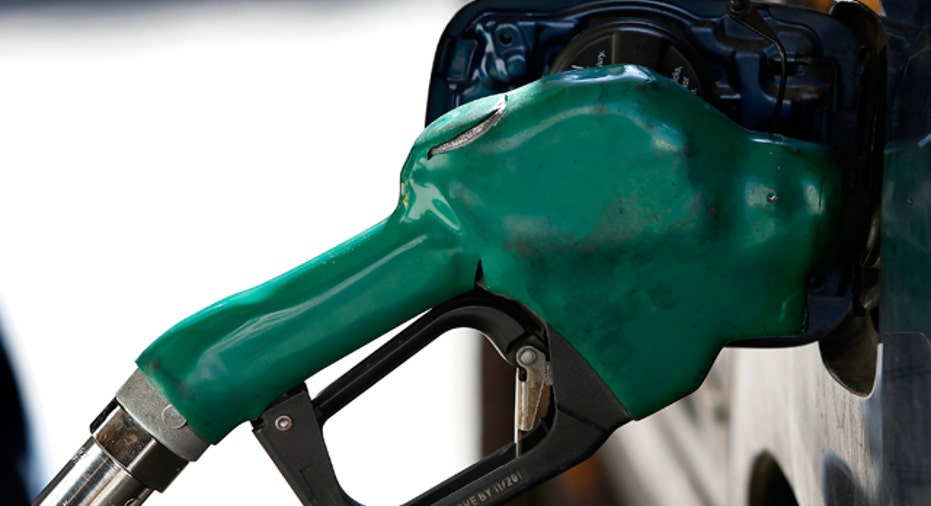Where All That Gas Money of Yours is Going

Gas prices got your attention? You're probably asking where all the gas money you're shelling out at the pump is going.
Spring guide to fuel-efficient cars
There are a couple of ways of answering that.
Industry shows how gas price breaks down
The American Petroleum Institute, or API, has a general breakdown for you. According to the trade group's February estimates, most of what you pay for gasoline -- 71% -- goes to refineries, to buy oil.
API says it takes one gallon of oil to make a gallon of gasoline. The price of oil is determined in commodities markets, where companies and traders buy and sell the petroleum for purposes that can include refining it into gasoline or holding it as an investment. The markets, and the prices they set, are influenced by supply-and-demand factors, such as trouble in the Middle East that could result in less oil coming from that region of the world.
After oil prices, the rest of the price of a gallon of gas comes from taxes (14%) and costs associated with refining, moving and selling the gasoline (15%), according to API.
At the time of API's most recent study, in late February, the national average price of regular-grade gasoline was $3.58 per gallon. By the group's estimates and percentages, about $2.54 of that price covered crude oil costs, 50 cents went to taxes, and about 54 cents went into refining, moving and retailing.
Get geeky for more exact gas cost analysis
If you want to get geekier about where your gas money is going, you can do a more exact and up-to-date calculation on your own.
Here's how:
Find the price of a gallon of gas. Go online to AAA's Daily Fuel Gauge Report. For example, as of March 22, the auto club showed that a gallon of regular gasoline sold for about $3.88.
Find the price of a gallon of oil. Head to Bloomberg.com's Energy & Oil Prices page. As of March 22, it showed a barrel of oil selling for about $105.46. There are 42 gallons in a barrel of oil, so divide $105.46 by 42 to get $2.51 as the price of one gallon of oil. Again, a gallon of oil can be refined into one gallon of gasoline, according to API. So, about $2.51 of the March 22 price for a gallon of gas went toward the cost of the underlying oil. That works out to about 65% of what you paid at the pump.
Find the cost of taxes. The federal tax on gasoline is 18.4 cents per gallon. On top of that, there are state taxes and, depending on where you live, local gasoline and/or sales taxes, too. If taxes are typical where you are, the API estimates you're paying 49 cents per gallon in federal, state and local gas taxes, making up 12.5% of the average $3.88 gas price.
Determine the cost of refining, transportation and retailing. The rest of the cost of gasoline goes to turning crude oil into fuel, moving it to gas stations and retail markup. Get this number by subtracting the amounts in steps 2 and 3 from the average price in step 1. In this case, that's $3.88 minus $2.51 and minus 49 cents, which comes out to 88 cents for refining, transportation and retailing -- or about 22.5%.
And that's how you do the math. Keep in mind that taxes and other factors making up gas prices can differ by region, state, metro area and city. Check out our map on gasoline taxes by state to see how much of your gas money is going to federal and state taxes.
If you want more detail about your own local taxes, contact your city, county, and/or state department of revenue, department of finances, or the equivalent.